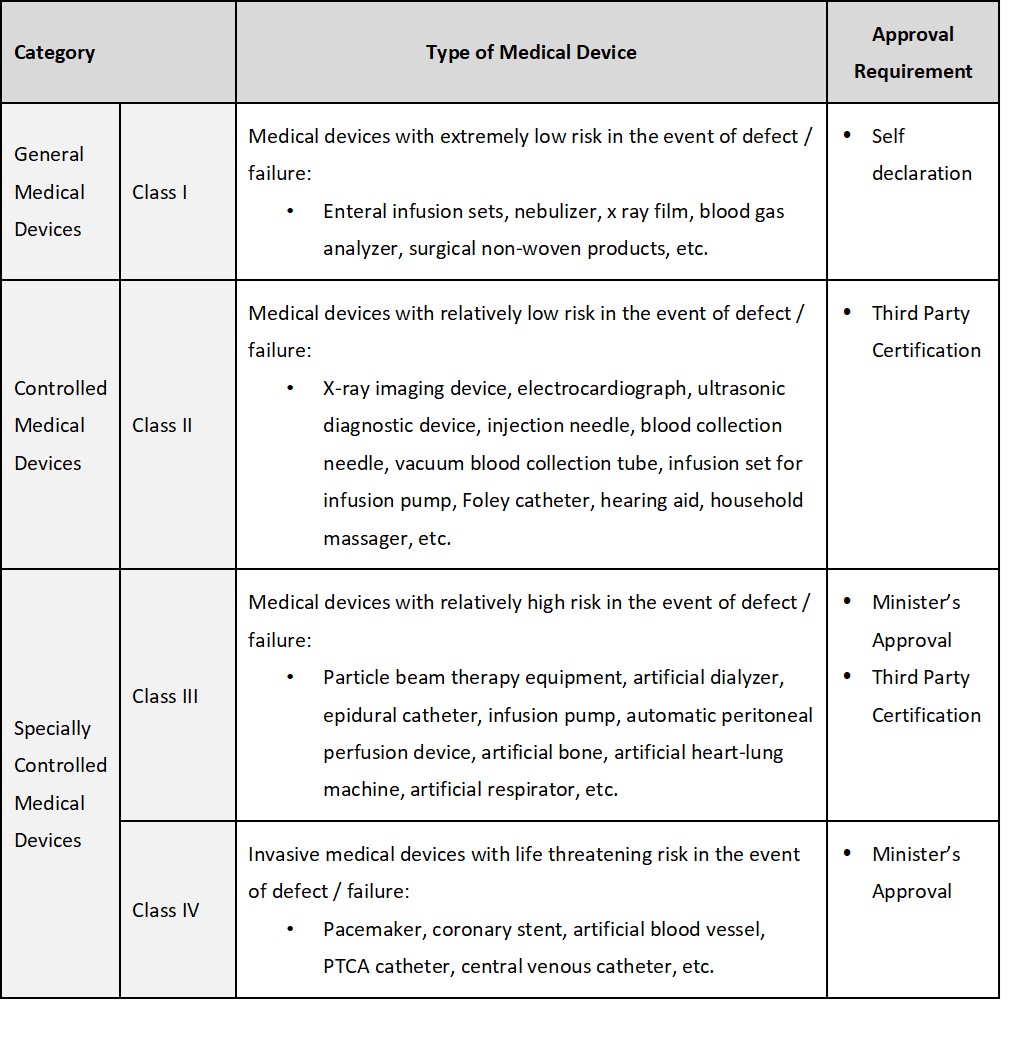Unlike pharmaceutical products which are reimbursed by produc, medical devices are reimbursed based on the technical category.
New medical devices are priced either via the ”comparable technical category method” if there is an existing technical category exists for similar products, or via the ”cost based method” when there is no exsiting technical category. Medical device reimbursement prices are revised concurrently with the periodic reimbursement revisions.[3] Similar to pharmacutical products, medical device price revisions are decided primarily on the variance between the reimbursement price and actual market prices based on an acceptable margin including consumption tax of 4%.
In addition, the MHLW has also implemented medical device reimbursement pricing policies to promote innovation.
- Challenge Filing: Mechanism to subsequently file for a new technical category post approval based on real world data
- Fixed Period Enhacement Premium: Additional price premium awarded for 2 reimbursement periods to products able to replace an existing technical category
- Technical Category Exception: Mechanism applied to highly innovative or Sakigake productsin which prices are maintained at a higher level for 2 reimbursement periods separately from other follow on products within same technical category
Going forward, similar to pharmaceutical products, to control reimbursement prices, it is expected that health economics outcome considerations may also be considered when deciding medical device pricing.[4]



